Having spent 40 years in the industry, I have experienced every down cycle the industry has had since they started keeping records in 1961. After a peak nationally of almost 600,000 units in 1973, we suffered a dramatic plunge that was felt the most in the Southeast where I was located at the time. I relocated to Oklahoma in the 1980s and endured a drop in shipments from about 13,000 homes in 1983 to about 350 or so in 1988. Shipments again took a hit in the early 1990s as lending became almost nonexistent. The current down cycle began after a peak of nearly 373,000 shipments nationally in 1998 and has fallen below 50,000, which is lower than when the record keeping began in 1961.
I certainly do not have the credentials to refute the recent IBIS report that labeled the manufactured housing industry as being on the verge of extinction. I also approach the subject with some trepidation as I majored in Marketing and I am keenly aware that most of the buggy whip manufacturers are no longer in business. In order to accept the results of the report from a market demand stand point, we would have to arrive at the conclusion that the demand for new homes priced below $70-100 a square foot will become no longer significant. We would also have to accept that this disappearance of market demand will occur as down payment requirements are poised to increase to perhaps 20% while terms may be reduced to as low as 15 years. In the face of enormous down payment requirements and shortened terms for repayment, suddenly prospective home buyers are going pass over housing opportunities in the $20 to $40 per square foot category?
We would also have to accept that demand for homes that can be titled without real estate will disappear. Suddenly no one will want to allow their kids or other family members to place a home on family land without encumbering the real property?
We would finally have to believe that no one living in a manufactured home community would have an interest in upgrading their home, and the communities would have no potential for new residents.
I read Paul Bradley’s feature article in response to the IBIS report here in MHMSM.com. I share Paul’s optimism that a possible result of increased requirements for site-built housing may shift more buyers to the manufactured housing market.
We have had to endure ongoing discrimination of the allocation of lending resources even when the Duty to Serve language is rewritten to specifically cite manufactured housing. As a retailer, I do not see any shortage of willing buyers for the homes that we build. We do experience a series of problems related to recent acts foisted upon us by the federal government.
I observed in a LinkedIn comment earlier that our industry trade organization, the Manufactured Housing Institute (MHI) is constricted by the composition of their membership from assuming the role of a being a strong advocate for individual industry divisions. Retailers would have to form an independent organization dedicated to retailers in order to have someone in Washington, DC truly going to bat on all the issues that retailers face. I don’t see the numbers or the money being there for that to happen. In the mean time, we accept MHI with its wrinkles, knowing that the diversity of the membership does not allow for the extreme dedication to our needs that we would like to have.
The Manufactured Housing Association for Regulation and Reform (MHARR) serves in that capacity for independent manufacturers and manufacturers need that dedicated representation as they have many issues affecting them that are completely unknown to other industry segments.
Another theory being floated by some industry members is that a conspiracy is in play to undermine the effectiveness that the HUD Code provides and bring about its demise. If that theory is true and if the conspirators have enough influence, market demand will not matter. I am not smart enough to know whether or not a conspiracy exists to destroy our industry. I would say that if it does exist, it is experiencing reasonable success.
We do face very difficult times as an industry. I have quipped on more than one occasion in the past few years that “absence of stress is death…and I am very much alive.”
As an industry, we have taken a beating for the last twelve years. Some of that has been our own doing and some from lack of fairness by government actions or inactions. If a conspiracy does in fact exist, I am too small a player to have much impact on stopping it. Absent a conspiracy, our company plans to move forward and provide our clients with great values in housing and outstanding customer service. Hopefully our industry can see itself through the balance of any remaining down turn and see an increase in shipments in the years ahead.
I was privileged to be invited to return to Georgia last summer to speak at the industry’s annual state convention. Given my 40 years in the industry, I was able to reflect back to 20% rates with no less than 10% down and no ability to finance land or improvements. I titled my presentation after Charles Dickens’ A Tale of Two Cities: “It was the best of times, it was the worst of times….”
And indeed it is. # #
by Doug Gorman
Doug Gorman owns Home-Mart in Tulsa OK, and is perhaps the most award wining retailer in the U.S. today. He has served the Industry on the state and national levels, including as Show Chairman for the Great Southwest Home Show in Tulsa. You can read his Cup of Cocoa with Doug Gorman at this Link. Contact Doug at doug@homemart.us

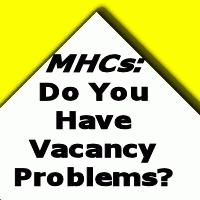
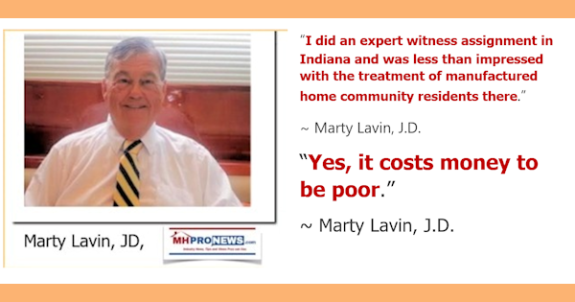
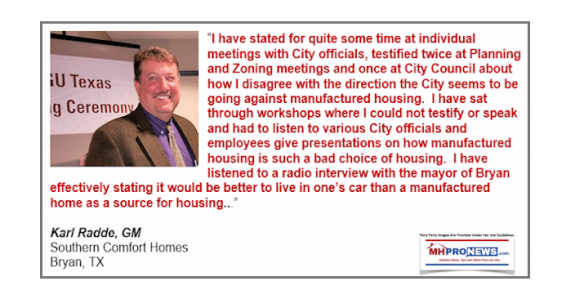
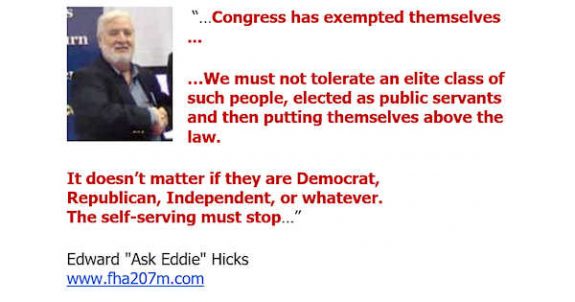
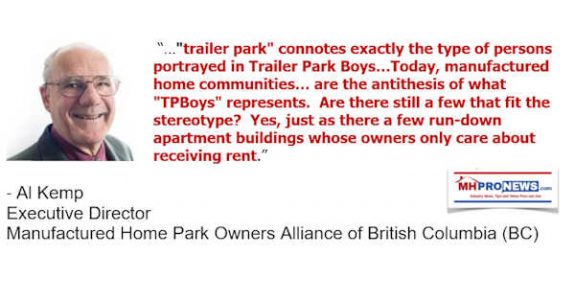

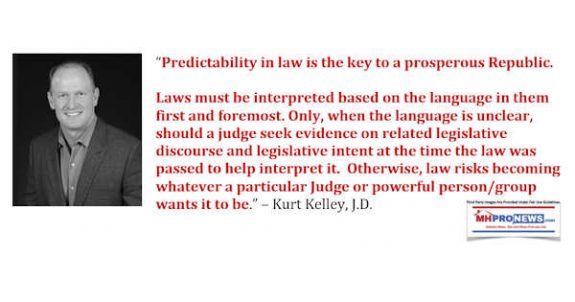
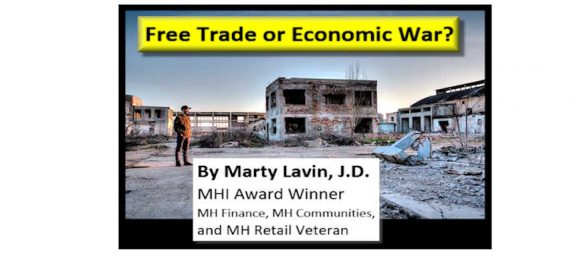
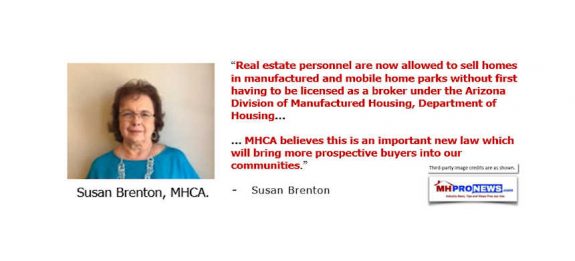
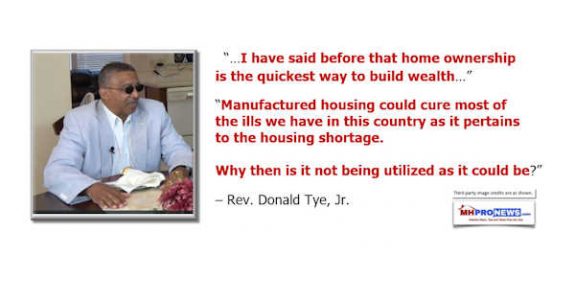
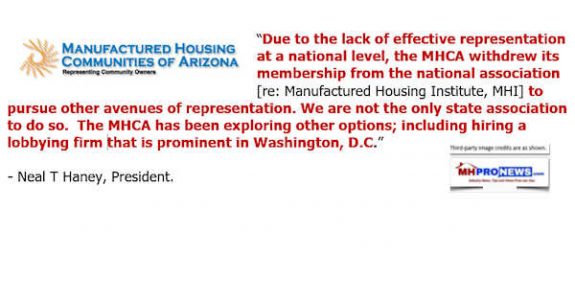

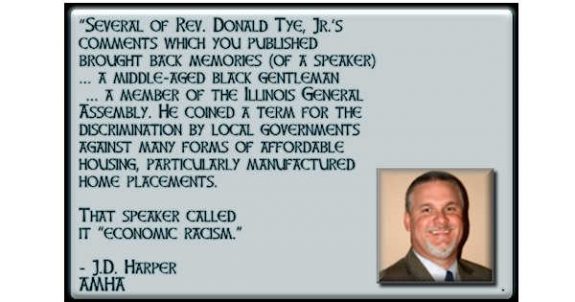
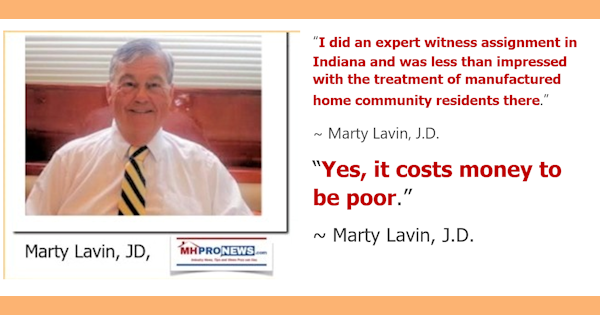

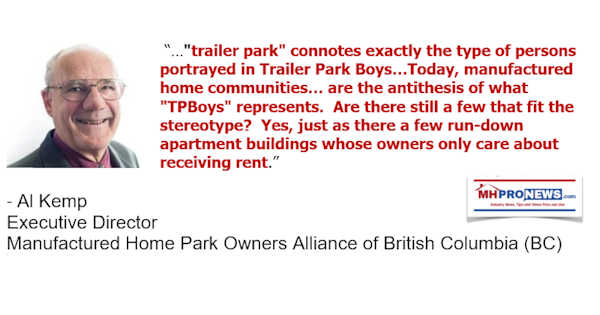

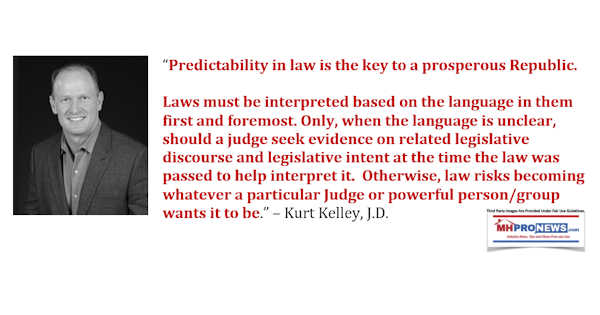
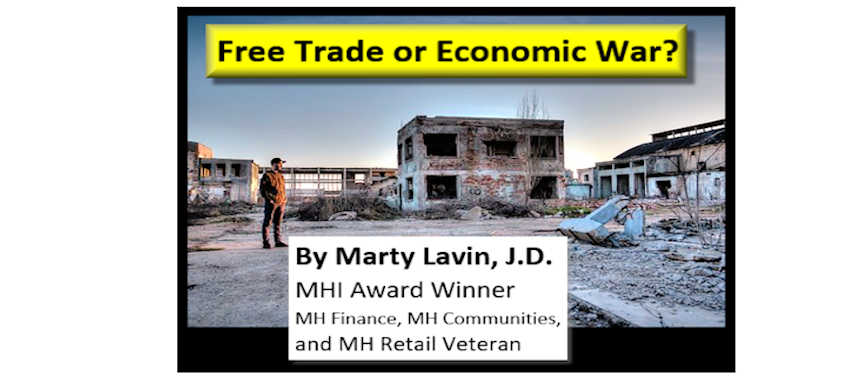
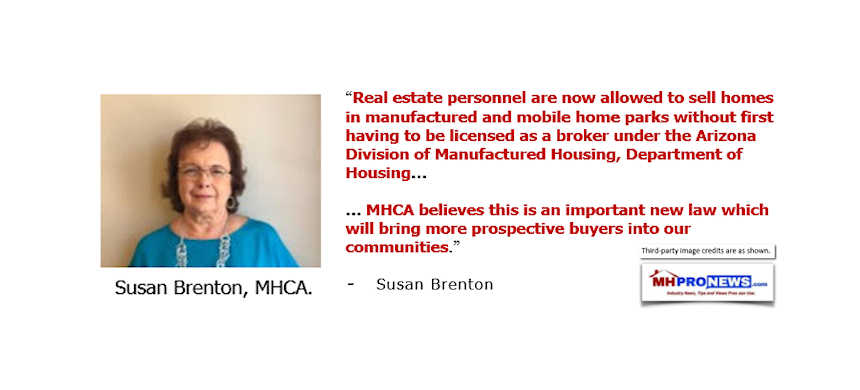
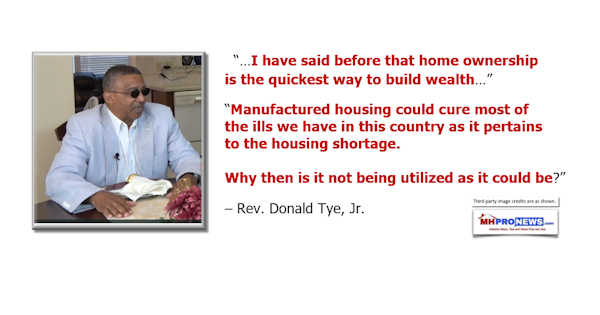
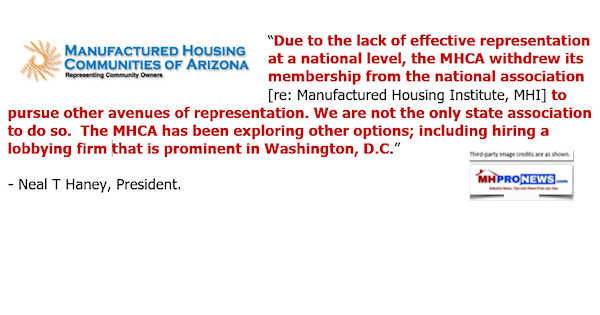

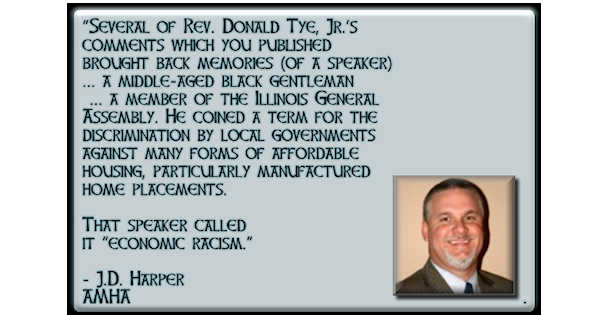
Karl Radde – TMHA, MHI, Southern Comfort Homes – Addressing Bryan City Leaders, Letter on Proposed Manufactured Home Ban
To All Concerned [Bryan City Officials, Others]: As the retail location referenced by Mr. Inderman, I would like to take a moment to address the …